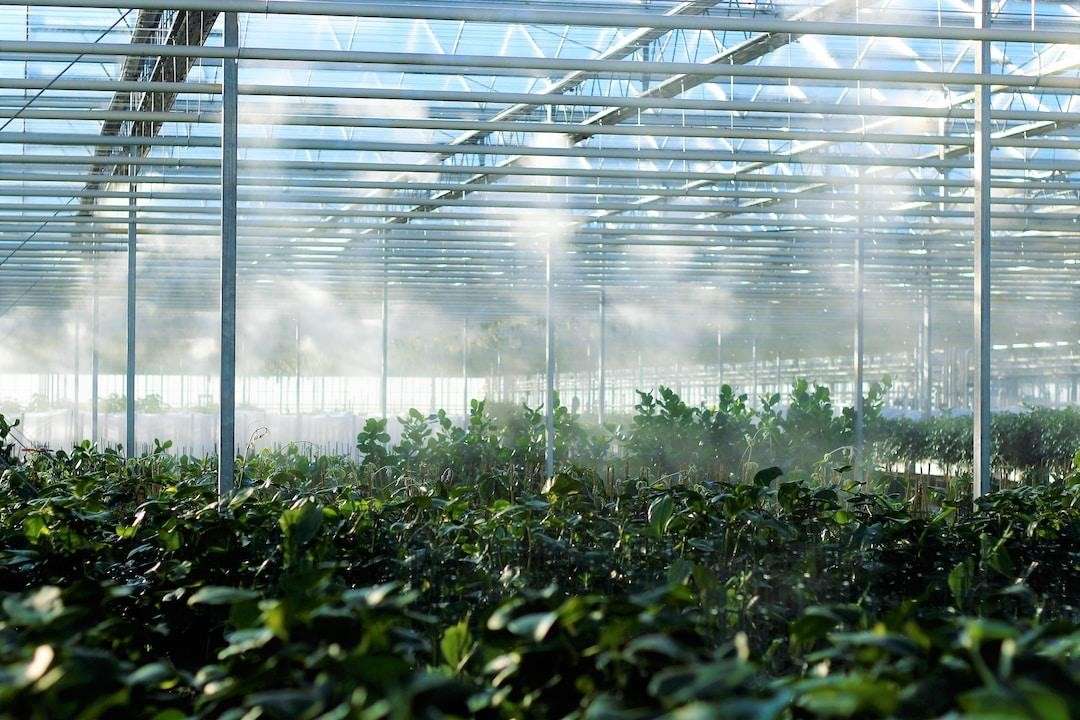Embarking on a commercial greenhouse venture is an exciting opportunity for those passionate about agriculture and entrepreneurship. It requires an understanding of horticultural techniques, business acumen, and a readiness to adapt to the evolving demands of the marketplace. Whether you want to capitalize on the growing demand for local produce or expand your farming operation, a commercial greenhouse can be a fruitful endeavor. Below we delve into the essential steps and considerations for kick-starting a successful commercial greenhouse business.
Understanding the Basics of Commercial Greenhouse Operations
At the very foundation of starting a commercial greenhouse lies the necessity to grasp the basic operations integral to this unique agricultural domain. A thorough knowledge of plant physiology, environmental control, and crop management is paramount. Greenhouses enable year-round cultivation by creating controlled environments that shield crops from harsh weather, pests, and diseases.
It’s important to choose a suitable location for your greenhouse, considering factors like sunlight exposure, local climate, and ease of access to water and utilities. Commercial greenhouse operations differ significantly in scale and complexity from casual gardening. Therefore understanding energy use and efficiency becomes crucial for sustainability and profitability.
Optimized greenhouse operations often include the use of automated systems to regulate temperature, humidity, and light. This technological integration is designed to generate ideal growing conditions, which is essential for high-yield production. Efficiency in energy usage, irrigation, and labor all contribute to a successful operation.
The backbone of a well-functioning greenhouse is routine maintenance and monitoring. Implementing network monitoring tools can help preemptively address issues that could affect plant health, ensuring continuous and efficient operation of the greenhouse ecosystem.
Equipment and Technology Essentials for Optimal Growth
Investing in the right equipment and technology is essential to ensure optimal growth and yield. The choice of equipment should be driven by the specific needs of the plants you’re cultivating. For instance, partnering with an LED grow light manufacturer can assist in delivering the precise lighting necessary to maximize plant growth and extend the growing seasons.
Precise climate control systems are fundamental in maintaining the delicate balance required for plant development within a greenhouse setting. State-of-the-art sensors and climate control technologies can finely tune the environment, adjusting factors such as temperature, humidity, CO2 levels, and light to match the plants’ different growth stages.
Irrigation systems need to be efficient and tailored to the crop’s water needs to avoid wastage and ensure healthy growth. From drip irrigation to misting systems, the technology chosen can greatly affect water consumption and labor costs. Proper fertilization techniques, possibly including automated fertigation systems, should be considered to maintain soil nutrition levels conducive to growth.
Automation and monitoring systems streamline operations and provide valuable data to optimize growing conditions and improve yield. Implementing such technologies requires an initial investment, but they can lead to significant long-term savings by reducing labor costs and increasing efficiency.
Assessing Your Market and Choosing the Right Crops
Understanding market demand is critical for the success of any commercial greenhouse. Conducting market research to identify your target customers’ needs and preferences helps determine which crops to grow. Local grocers, farmers’ markets, and restaurants can be valuable sources of information regarding popular produce and pricing.
Seasonality also plays a role, with certain times of the year yielding higher demand for specific crops. Plan your crop rotation accordingly to maximize profitability. Staggering plantings can result in continual harvest and supply, preventing gaps in production and income.
Fostering relationships with local suppliers and customers can also guide crop choice decisions. Establishing a brand that represents quality and reliability can secure a loyal customer base willing to pay a premium for your products, reflecting positively on your bottom line.
Establishing a successful commercial greenhouse involves meticulous planning, knowledge building, and a willingness to invest in quality infrastructure and technologies. By understanding and meeting legal and market demands and deploying effective financial strategies, your greenhouse business can flourish, providing high-quality produce to an eager market year-round.

As the editor of the blog, She curate insightful content that sparks curiosity and fosters learning. With a passion for storytelling and a keen eye for detail, she strive to bring diverse perspectives and engaging narratives to readers, ensuring every piece informs, inspires, and enriches.










